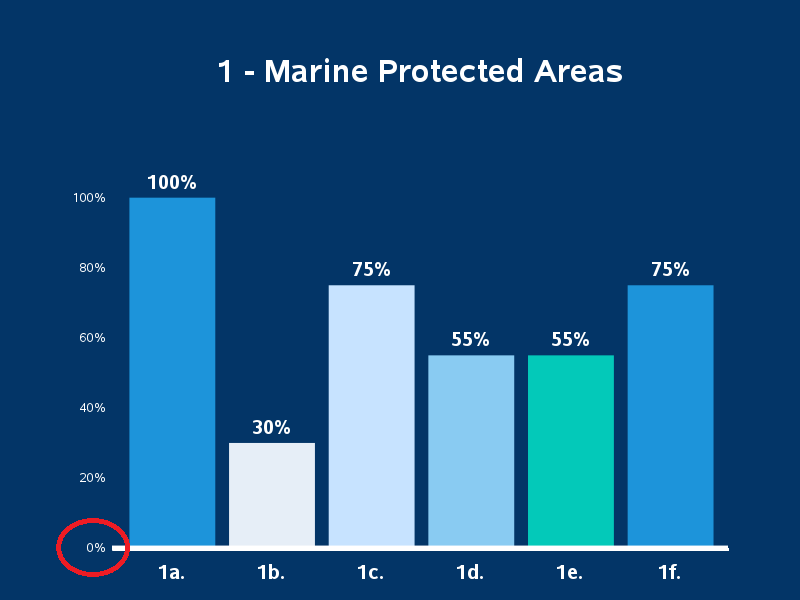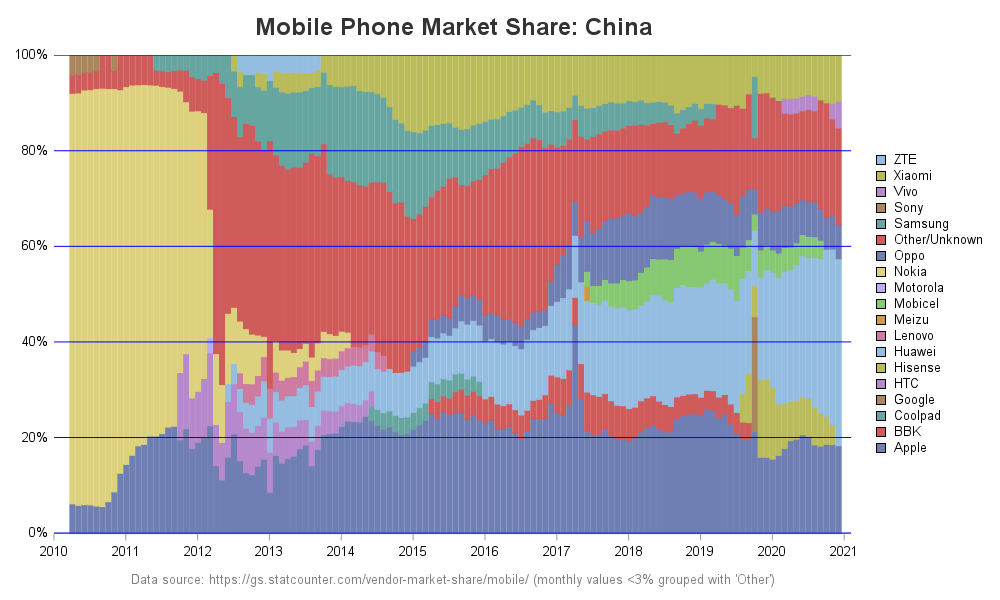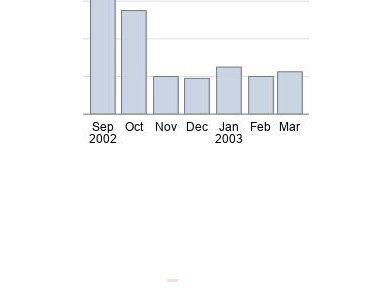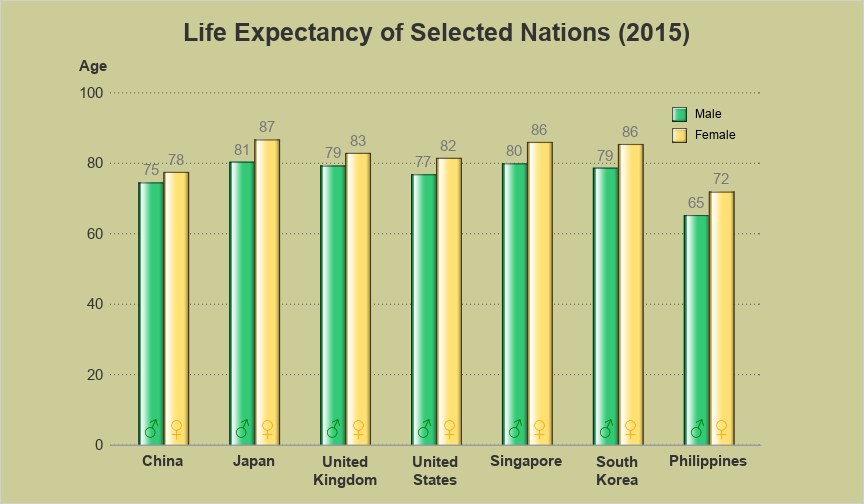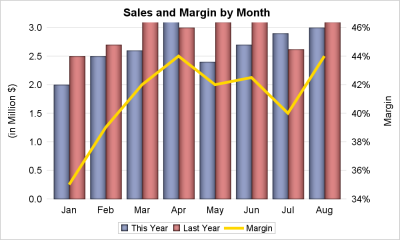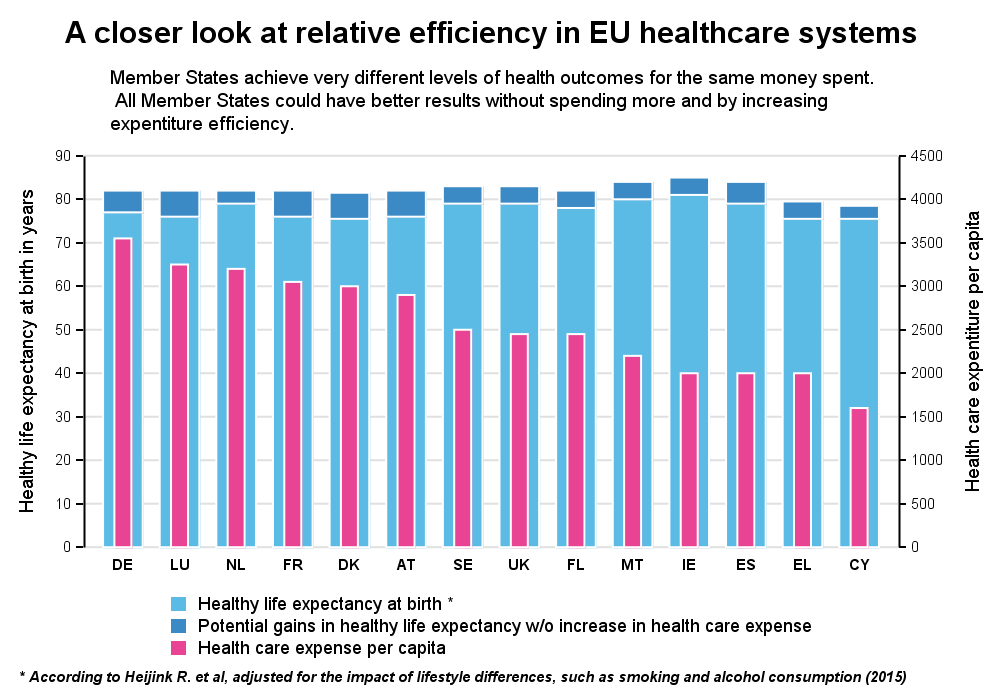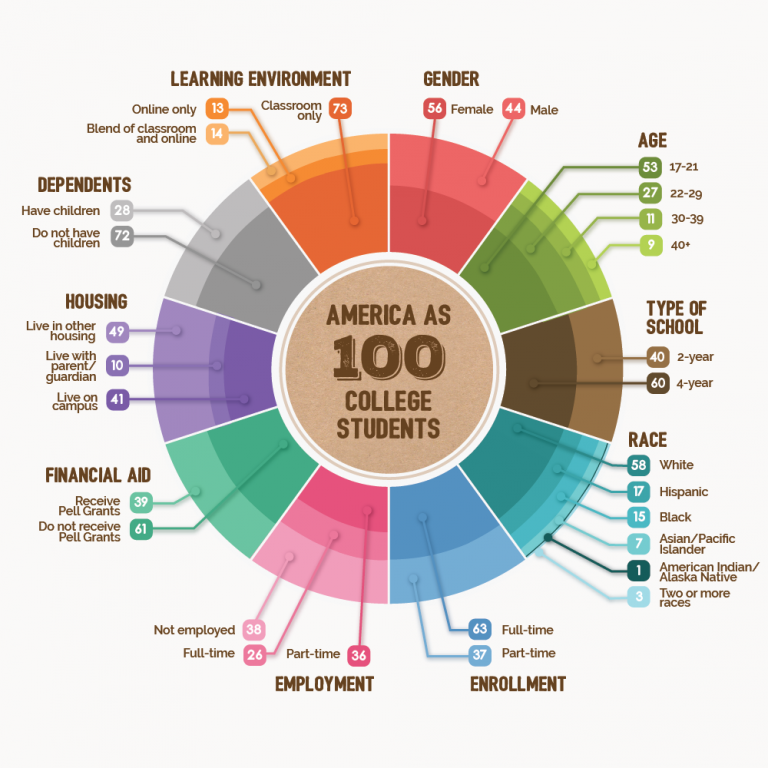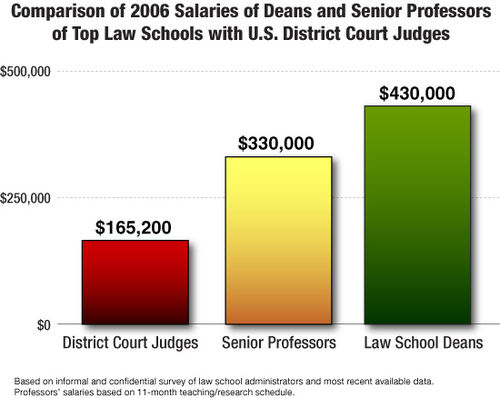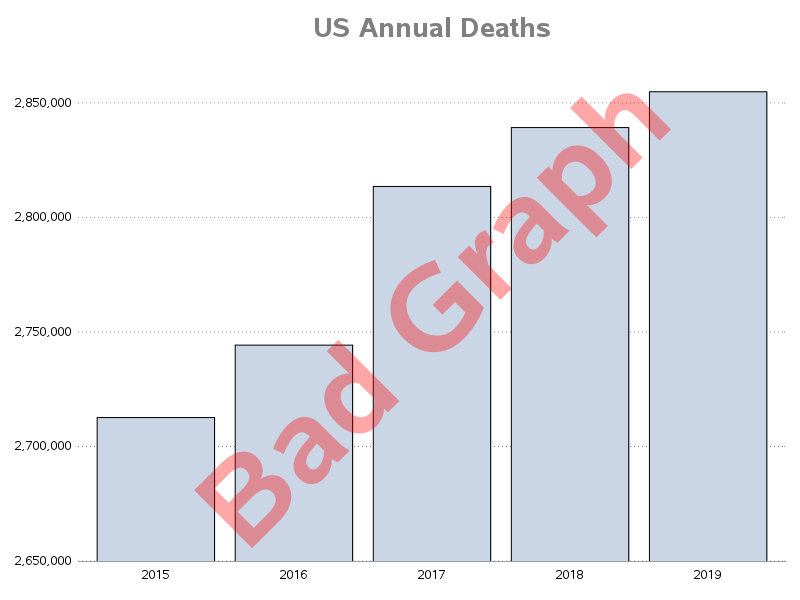
Some claim that deaths in the US have been increasing, and some claim they have been decreasing. Which do you think is correct? Let's take a look at the data ... The Data Here in the US, the Centers for Disease Control and Prevention is a good/official source of data

